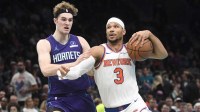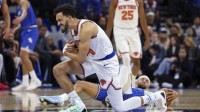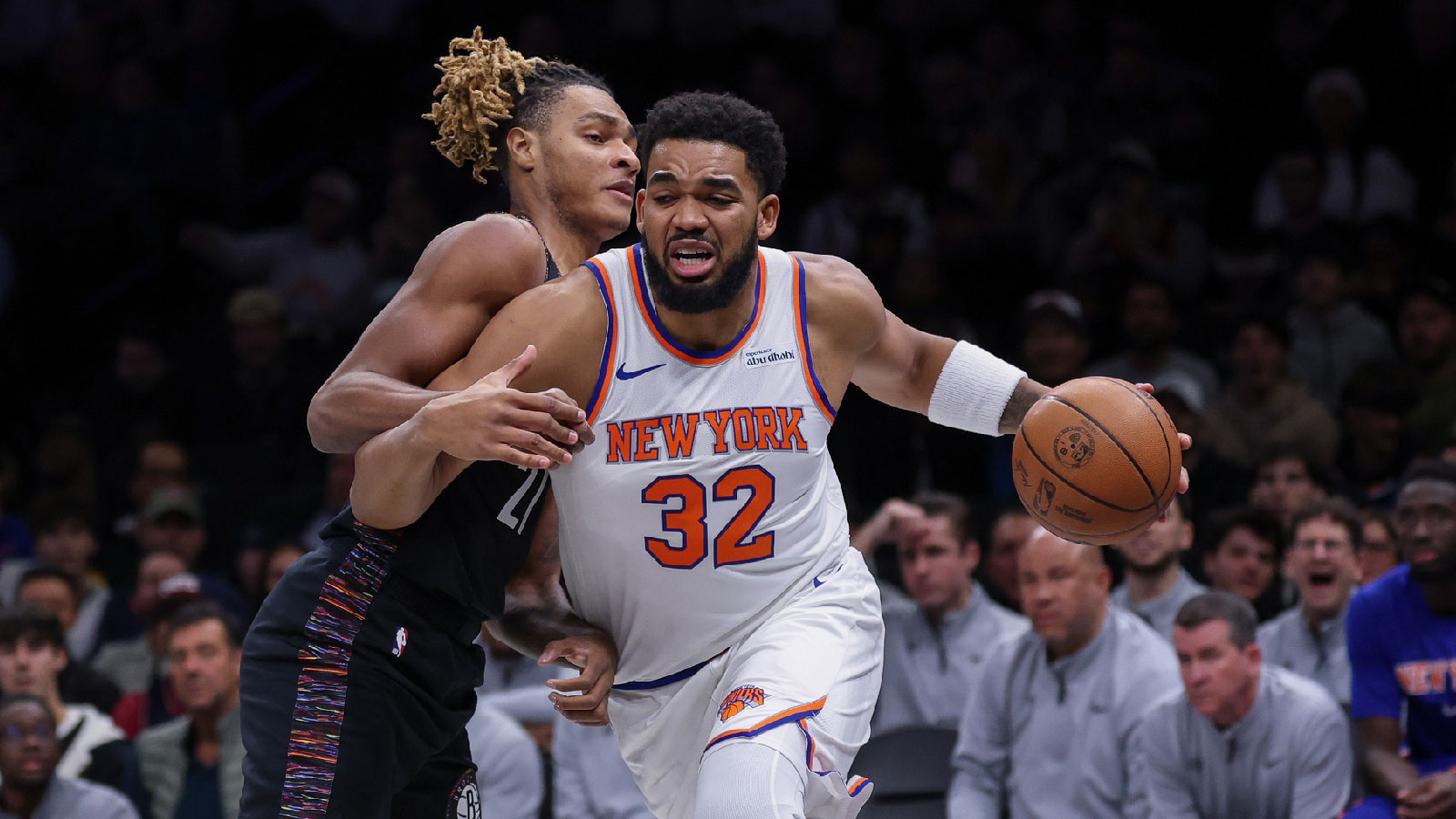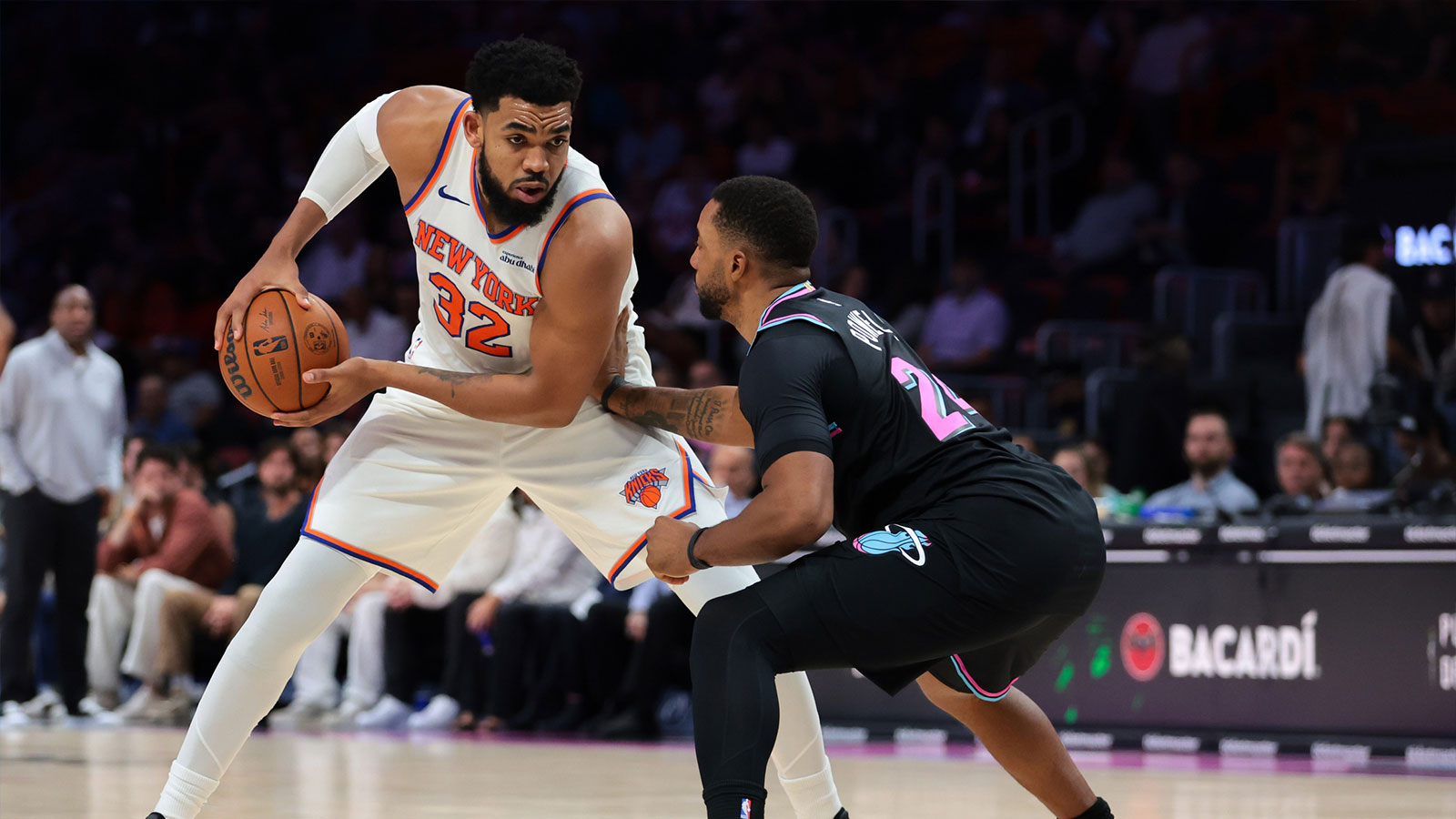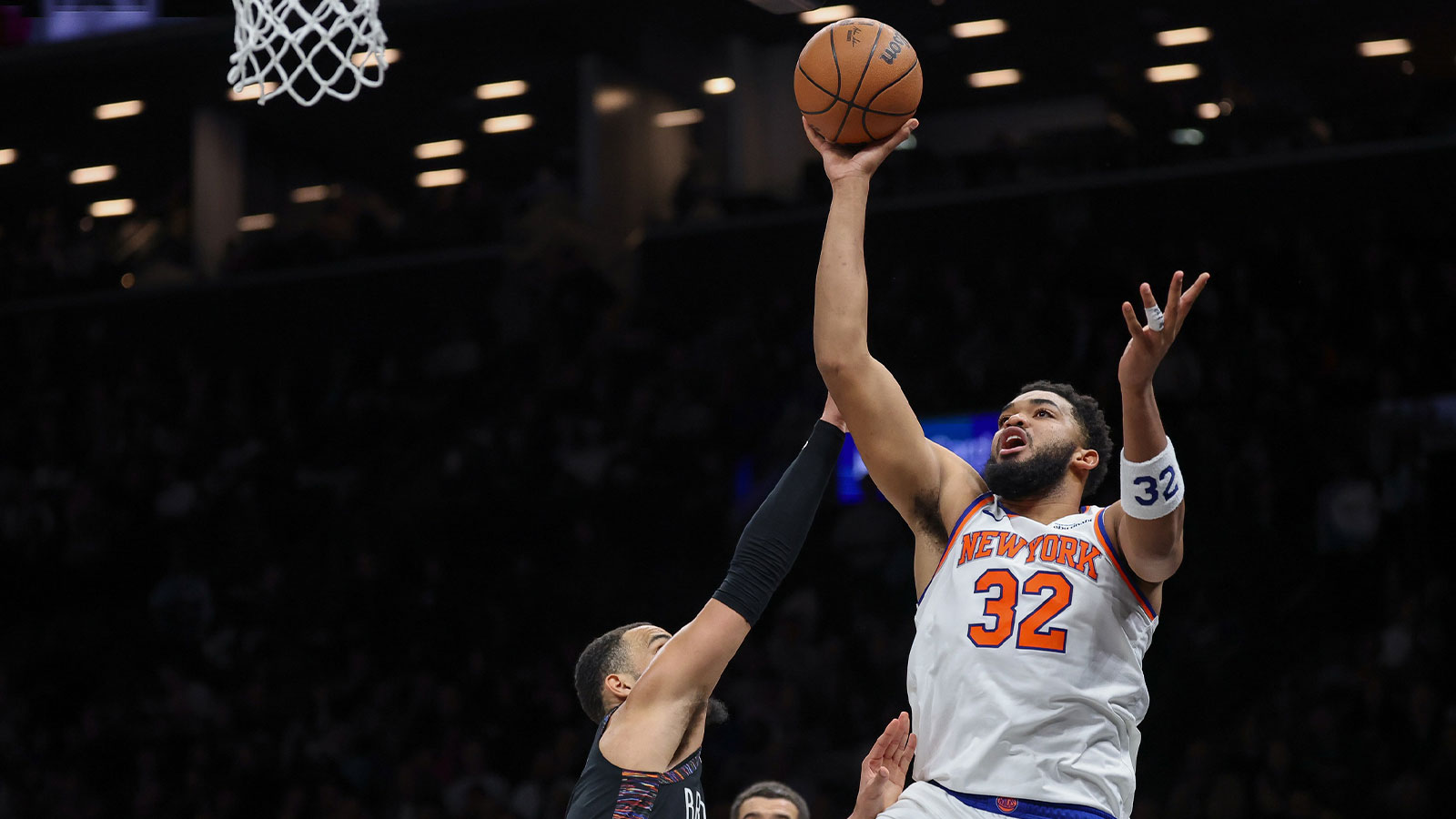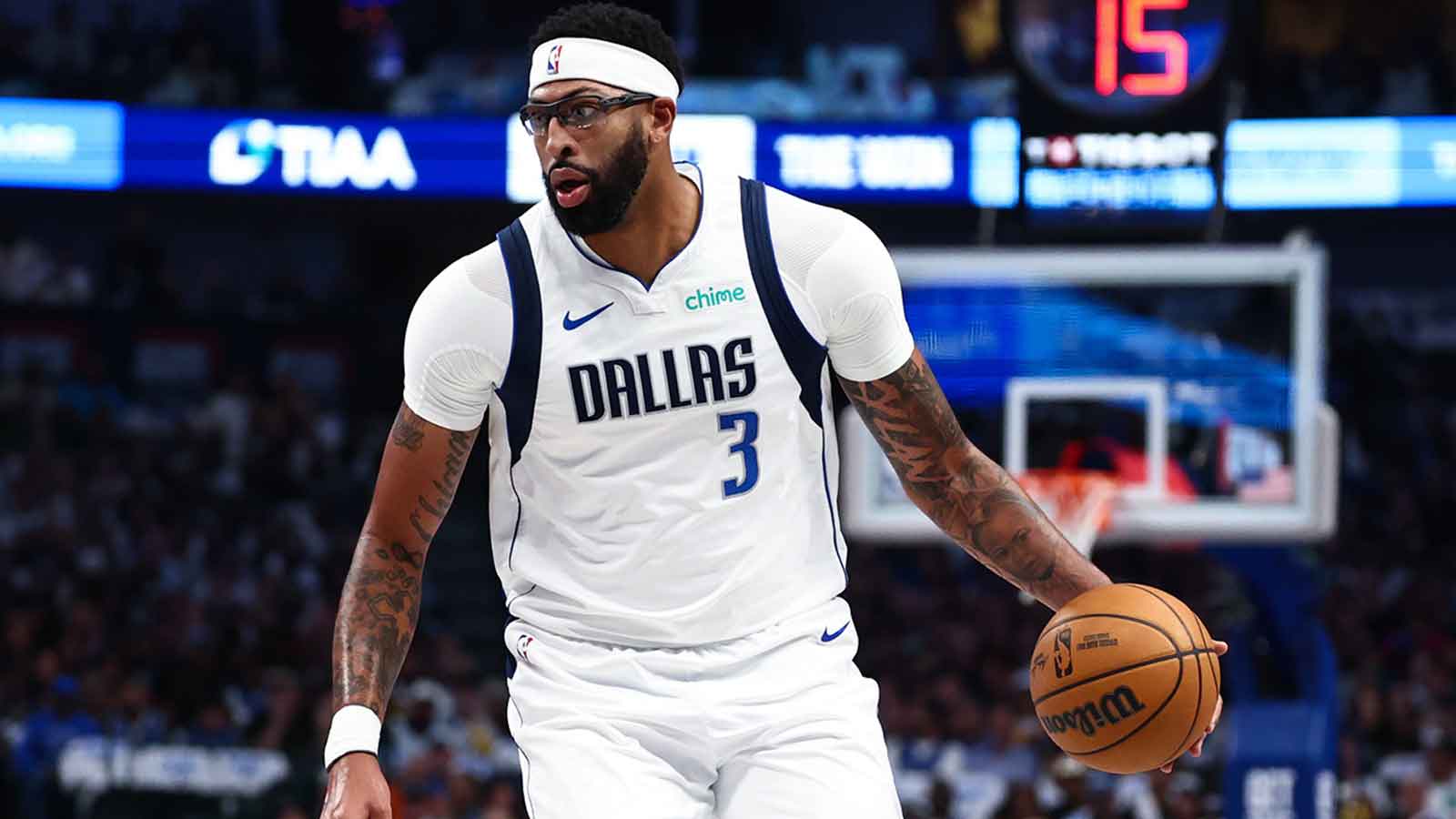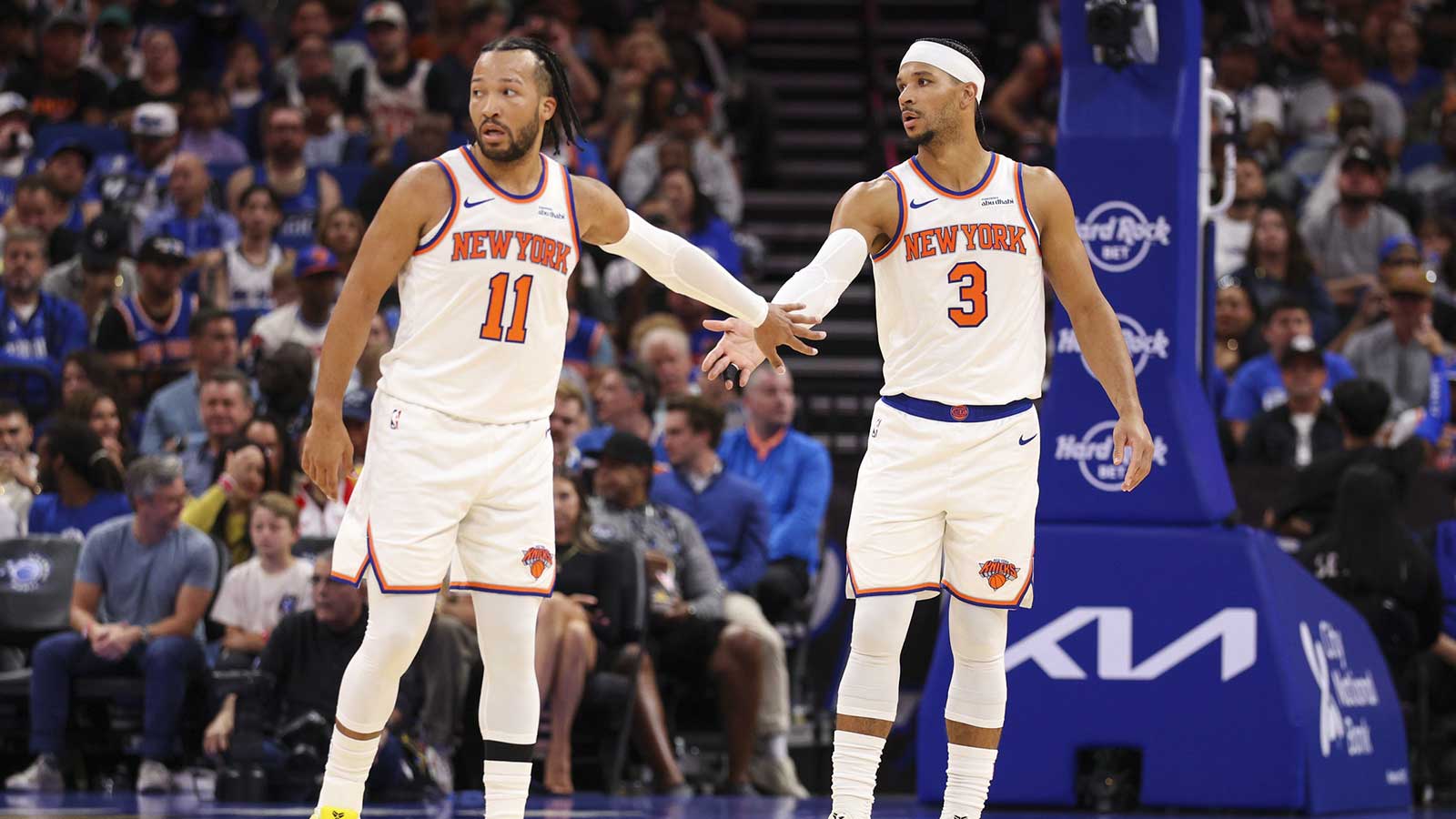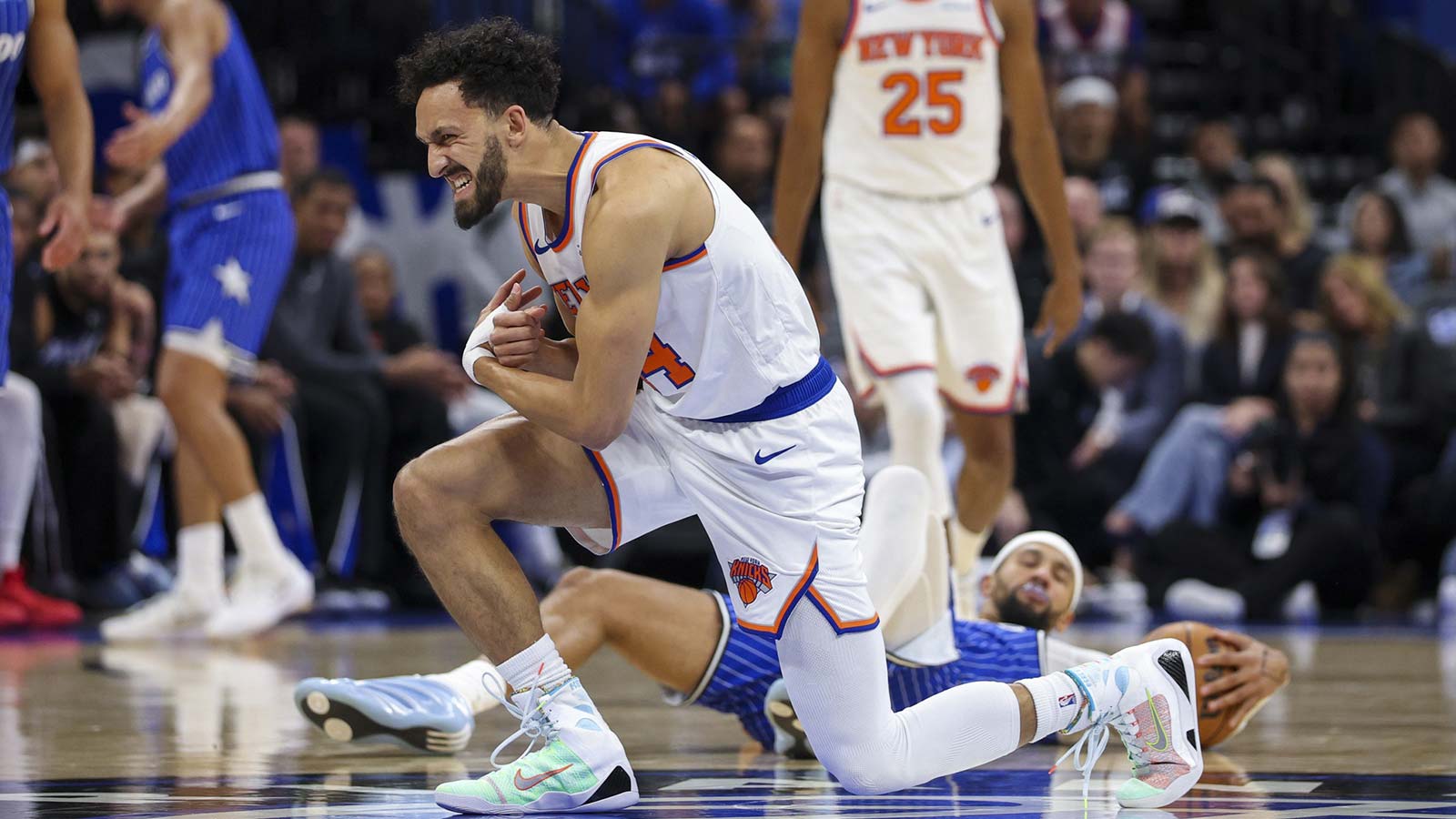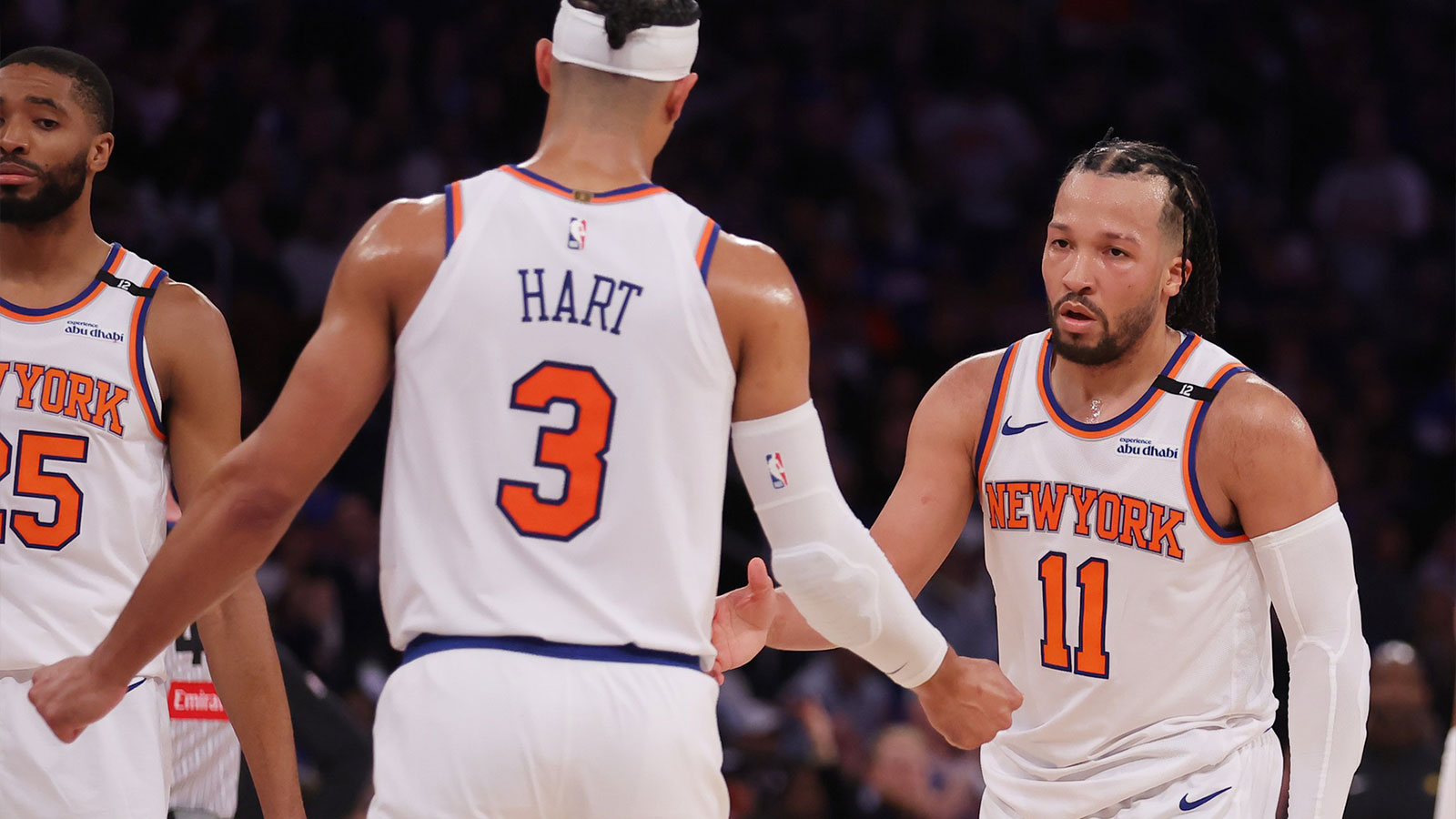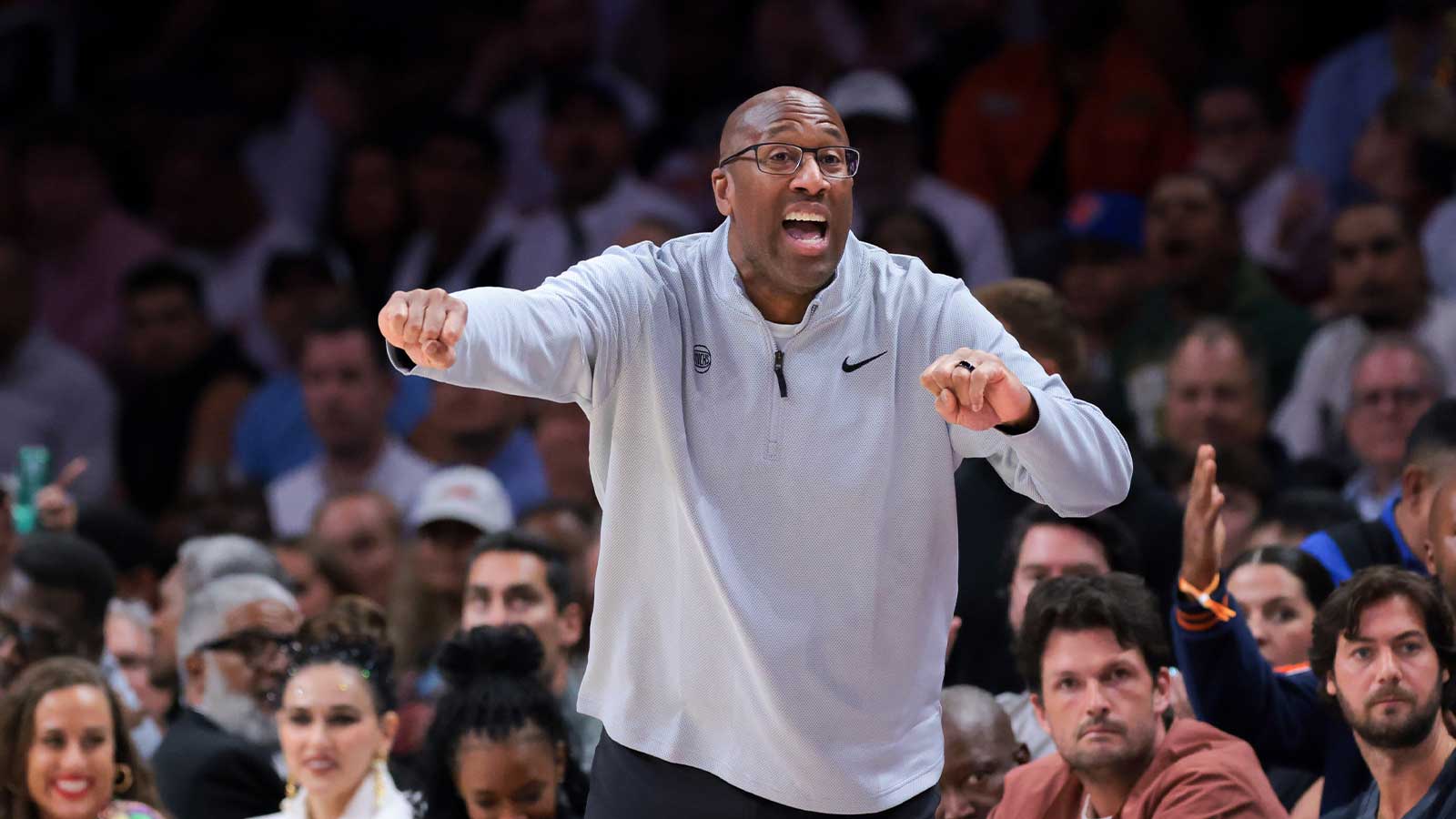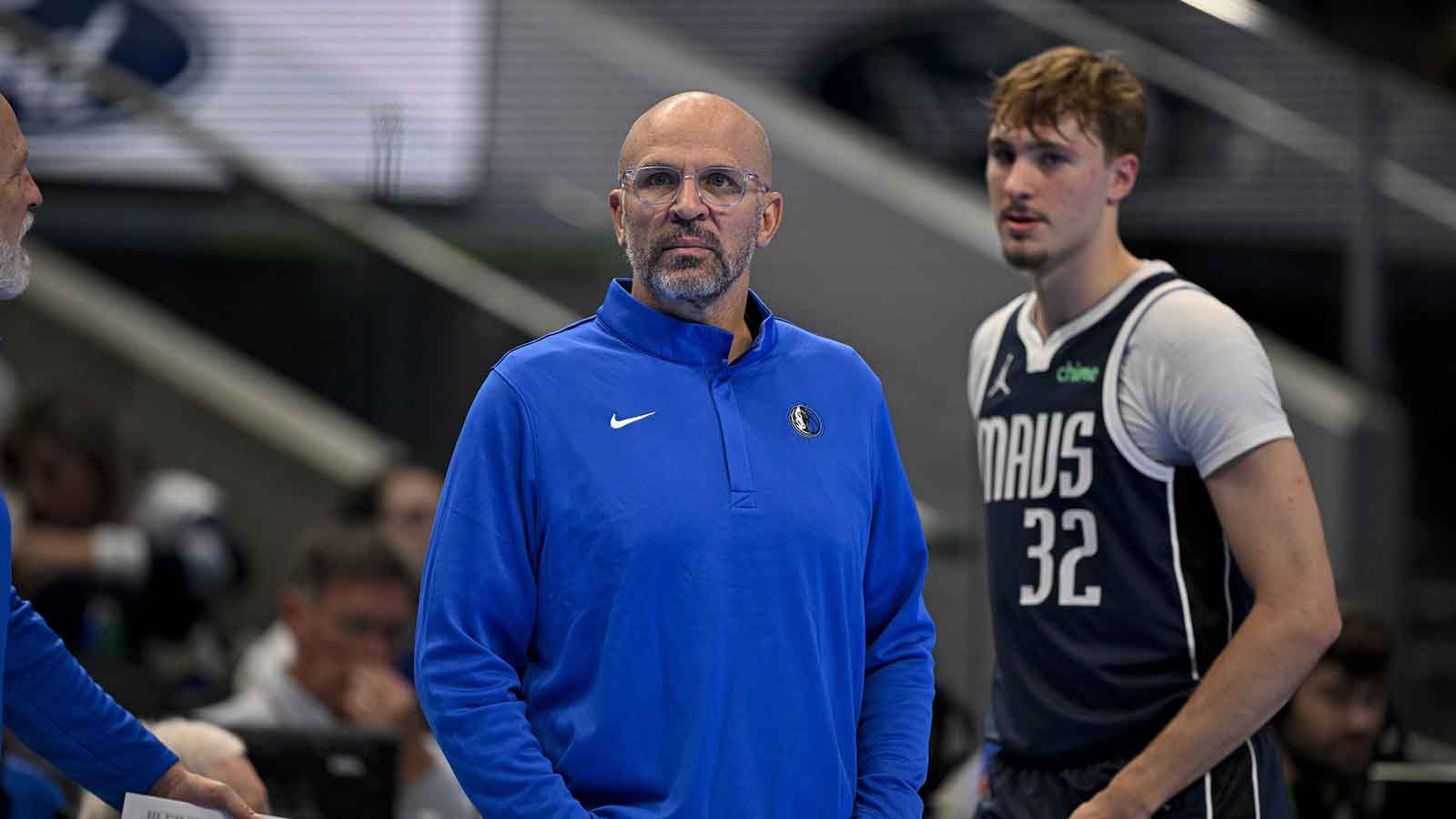The New York Knicks are in the Eastern Conference Finals for the first time since 2000. They're set to face a familiar foe – the team that eliminated them from the playoffs both last season and in the first June of the millennium.
After defeating the Detroit Pistons in six games and taking out the Celtics in just as many, the Knicks' next challenge is the Indiana Pacers. Rick Carlisle's team finished the regular season with 50 wins, just one shy of New York's total.
Both teams are well-built and play winning basketball. Their presence among the final four teams standing is proof of both claims. But the Knicks feel like a ‘great' team in terms of talent that has played ‘good' basketball. And the Pacers feel more like a ‘good' team that plays ‘great' basketball.
The eye test renders the Pacers the more synergistic group of the two. They lead all playoff teams thus far in AST Ratio by averaging 21.3 assists per 100 possessions as a team. The Knicks rank 12th, last among remaining teams, at just 15.1.
In Indiana's ten postseason games thus far, they have the fifth-best team net rating of the 16 with a +5.5 in that category; the Knicks' +0.1 net rating is good for seventh. This leaves questions unanswered ahead of the Eastern Conference Finals.
Can a conference finalist be so simply reduced to producing an offensive rating just 0.1 points per possession better than their defense? And what can New York do to give itself the best chance at winning the series?
Why the Knicks have been statistically meandering through the playoffs
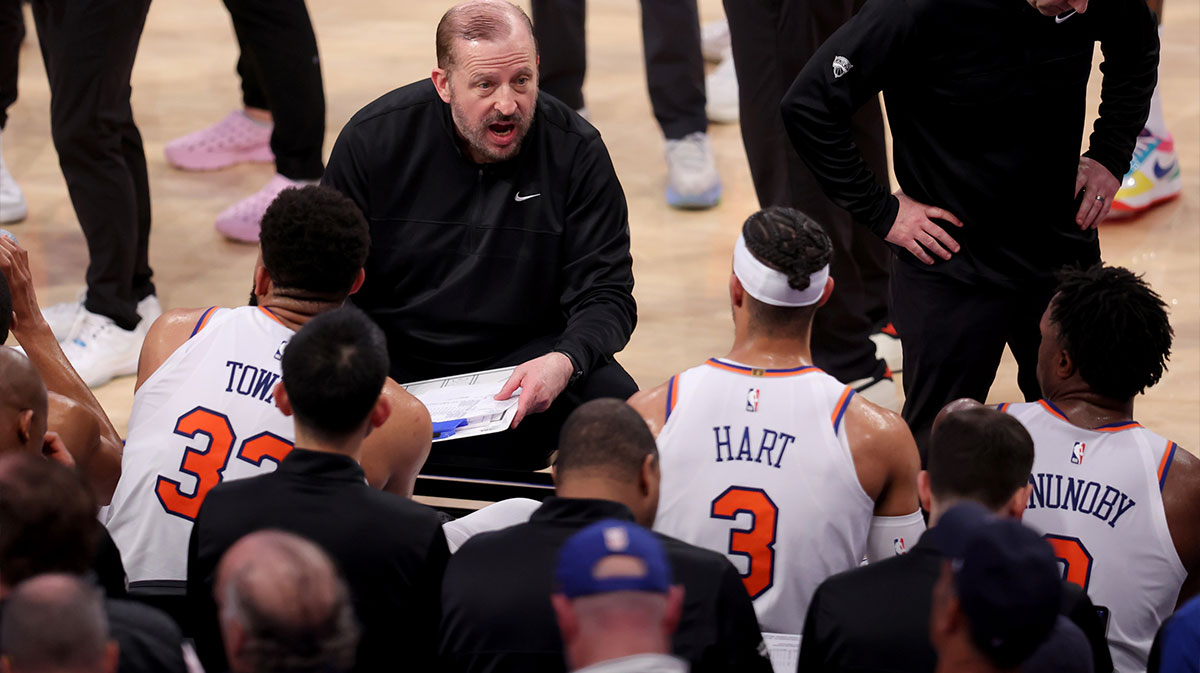
The Knicks' starting lineup of Jalen Brunson, Mikal Bridges, Josh Hart, OG Anunoby, and Karl-Anthony Towns plays a lot. The Denver Nuggets' starting five is the only lineup these playoffs that has shared the court for more possessions.
The Nuggets' first five played 562 possessions together throughout the first two rounds of the playoffs, according to Cleaning the Glass. The Knicks' starters have played 522. No other lineups deployed by any playoff team have played 350 minutes. The Pacers' starting five comes in third place, having played 342 possessions together.
The two teams' most common lineups have a major difference—the results. The Knicks' efficiency differential, the points they've allowed per possession subtracted from the ones they've scored per possession, is -2.3, per CTG. That's in the 21st percentile of playoff lineups. The Pacers' starters have an efficiency differential of +21.4, in the 100th percentile.
Net rating tells a similar story. In 266 minutes this postseason, second to only the Nuggets' group, the Knicks' starters have a net rating of -4.7. The Pacers starting five, third in total minutes at 164, has a net rating of +22.1. These data points won't win the Pacers the series. There will be at least four tipoffs, two in New York and two in Indiana, and four games of basketball played afterwards.
Winning on paper isn't enough. The Boston Celtics are still at home. But what's on the paper can help prognosticate what a team can do to give themselves the best chance possible to win.
How leaning into their best personnel groupings can help the Knicks win
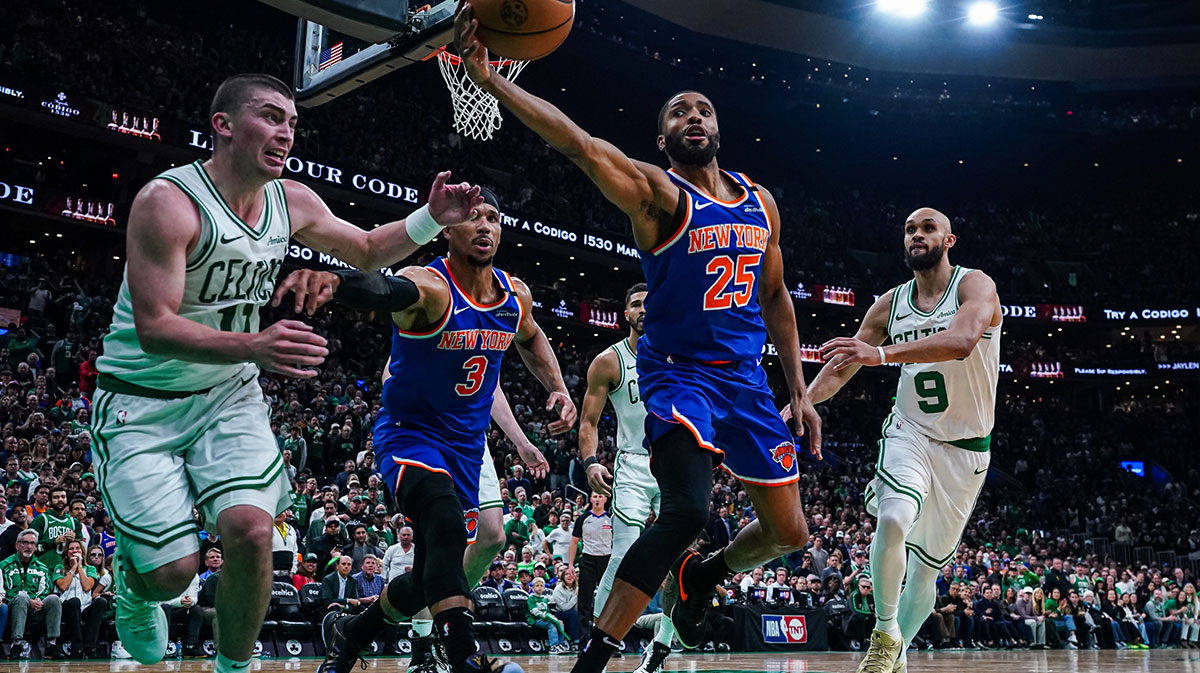
Filtering out all five-player lineups that have not played more than 30 minutes thus far in the postseason, the best net rating of any lineup from any of the 16 playoff teams belongs to the Knicks. When Brunson, Hart, and Anunoby are paired with Deuce McBride and Mitchell Robinson, the Knicks have a 51.4 offensive rebound percentage and boast a +33.7 net rating. The lineup has played just 35 playoff minutes.
Brunson, Bridges, Hart, Anunoby, and Robinson have produced the 15th-best net rating. A +2.3 net rating isn't anything to write home about, but it's the eighth-best lineup this postseason when looking just at what the four remaining coaches have put on the court.
This data does not indicate that the Knicks should bench Towns or Bridges for any of their key reserves, but rather that the Knicks' starting lineup doesn't need to play so many minutes simultaneously. All five Knicks starters have been integral to their Eastern Conference Finals berth in various ways. But when all five play at the same time, the Knicks have not been reaching their ceiling.
The penultimate round of the NBA Playoffs isn't typically the time to make any significant changes. The Knicks will continue to start their five best players. Jalen Brunson's fourth-quarter heroics will likely continue to win them games. But by leaning into lineups with one or both of McBride and Robinson, New York could control the pace of the series.
The Pacers' starting lineup is sixth among remaining teams' lineups in pace this postseason at 101.02. The Knicks' starters are ninth at 97.37. But the Knicks have two lineups that have played faster than any of Indiana's in the playoffs. Can you guess which two?
The starting five with Robinson plugged in for Towns has played with a pace of 103.99. McBride and Robinson, alongside Brunson, Hart, and Anunoby, with a pace of 101.46.
These two Knicks lineups have been their deadliest this postseason. But they've functioned primarily as options to lean back on when the starting lineup needs a jolt. The series against Indiana is an opportunity for the Knicks to turn their secret weapons in McBride and Robinson into national stars – and win some games while they're at it.






